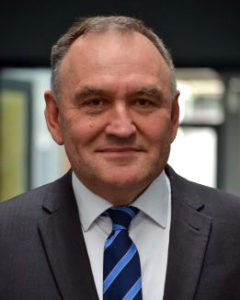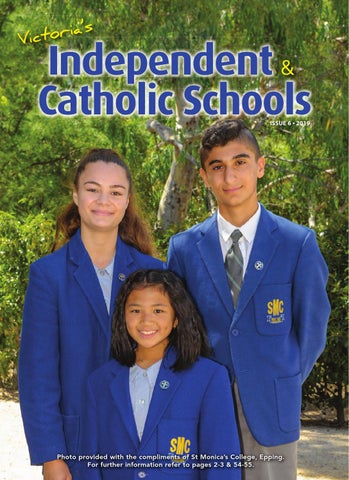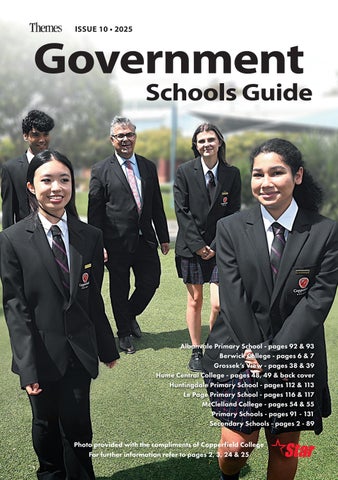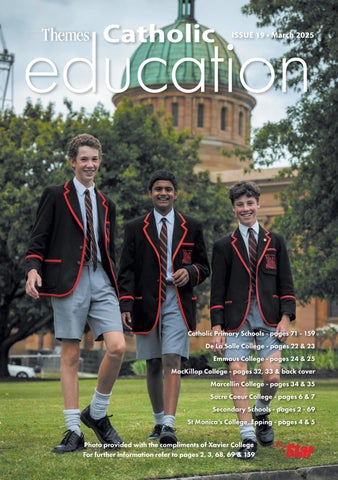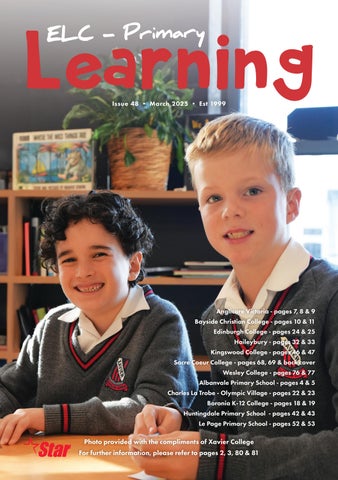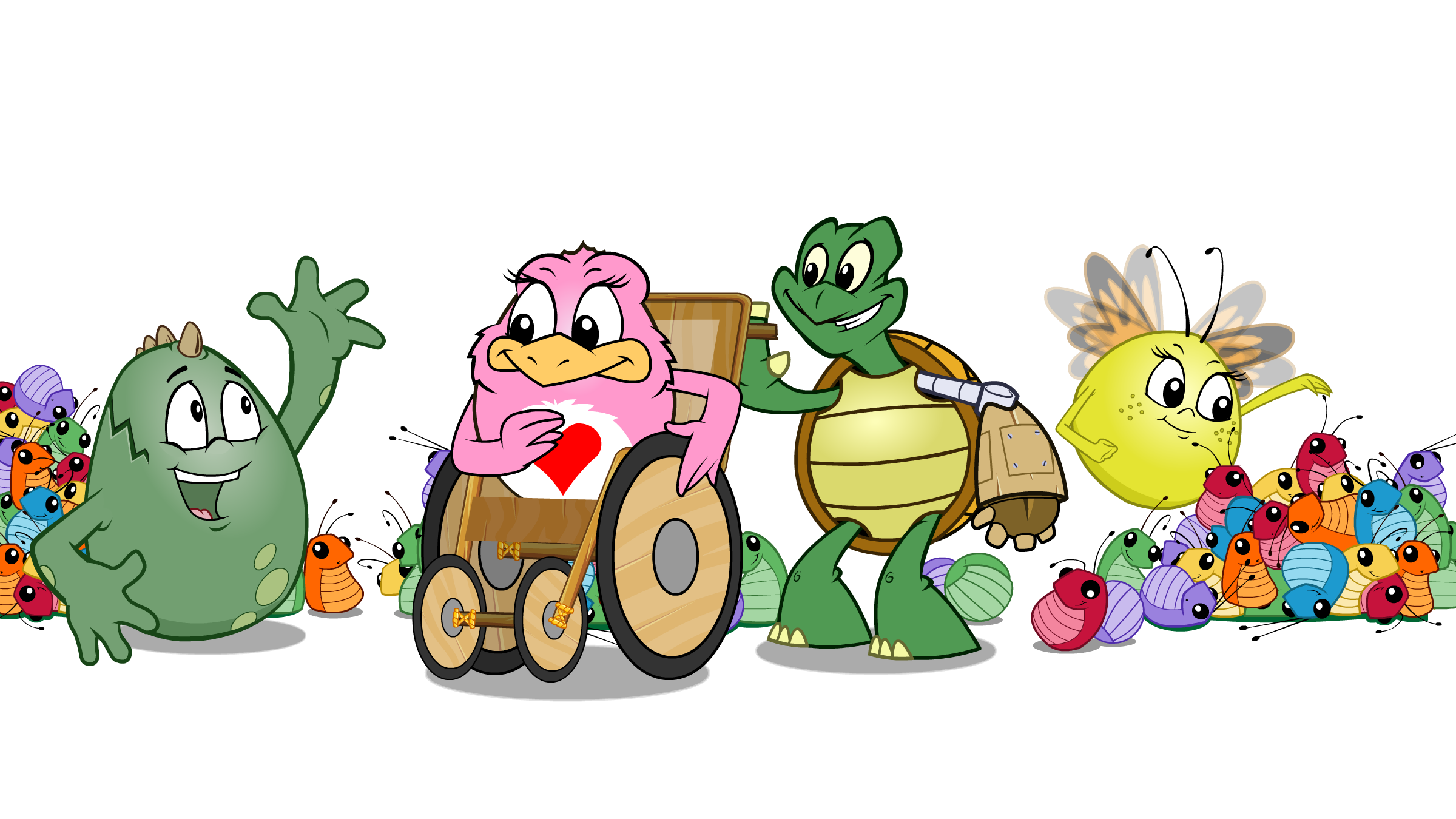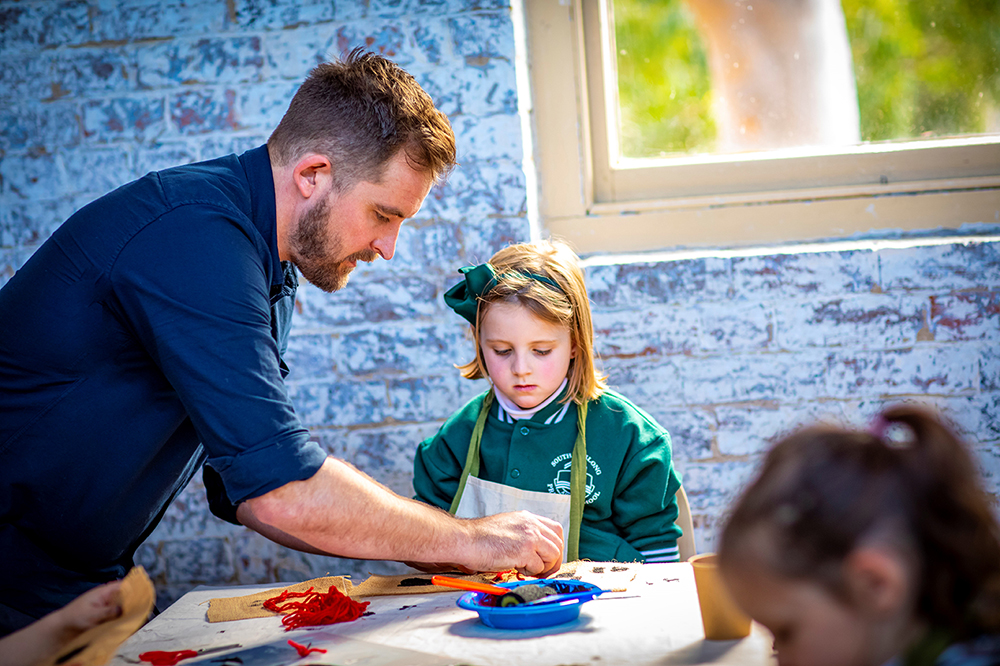Maurice Sendak passed away in 2012, leaving a legacy of outstanding children’s literature for generations to come to enjoy. His most famous book was, Where the Wild Things Are, an award-winning book that was both highly acclaimed and criticised in some quarters as being “too scary”.
I recently came across a piece on Maurice Sendak, in which it was revealed that a hitherto undiscovered manuscript of his had been found and would be published soon under the title of, Presto and Zesto in Limboland. What really caught my attention, and is the primary reason for writing this piece on Maurice Sendak, was the comment he made in his 1964 Caldecott Medal acceptance speech, where he criticised children’s books set in:
“a gilded world unshadowed by the least suggestion of conflict or pain, a world manufactured by those who cannot – or don’t care to – remember the truth of their own childhood”.
Apart from being a brilliant use of language, Sendak’s message has relevance today. All emotions present themselves in everyone’s lives over time, and if by having done all we can to have insulated our children from them in the first place, is it likely to be counter-productive in the long term? We face that dilemma as parents and teachers regularly. Those familiar with the developments in the field of Emotional Intelligence, would be familiar with the view that all emotions are valid – it is how we deal with and manage them, especially strong emotions. From that perspective, we should not avoid some emotions simply because they may cause us stress and pain, but rather build our capacity to manage them as positively as possible. Sendak’s message revolves around the issue of how best to develop resilience and that is no mean task.
In Sendak’s own words, his early life was anything but happy. The Holocaust, to which members of his extended family were exposed with devastating consequences, confronted him with the concept of mortality. Furthermore, his life-long love of books ignited in his sickbed, beset by health problems at a young age.
The impact of that which is going on in the lives of students can be overlooked at times, given the current emphasis on NAPLAN, VCE results, and on the Program for International Student Assessment (PISA) results to evaluate our schools’ achievements in relation to those of other countries in science, mathematics and literacy. This begs a classic ‘chicken and egg’ question – which comes first, academic achievement or personal wellbeing? The answer is not a simple this or that. Nonetheless, Sendak’s revelation, whilst much to the benefit of children’s literature, serves a timely reminder that we should never underestimate the profound significance of events that deeply touch our inner self.
Interestingly, when Where the Wild Things Are was first published it drew significant criticism in some quarters for its depiction of fanged monsters, the characters of which were rather grotesque in appearance. The timeless relevance of the book’s main character, Max, a child raging against his mother for sending him to bed without any supper should not be lost on any of us.
Parenting can be unbelievably challenging at times, as can being a child – and Sendak’s evocative and thought-provoking comments he made when accepting his 1964 Caldecott Medal should be taken seriously by aspiring writers of children’s literature.
In terms of accolades, and Maurice Sendak received many in his decorated and, at times, controversial career, none could be more rewarding than which he received from a young boy upon reading Where the Wild Things Are. As Sendak recalls:
“A little boy sent me a charming card with a little drawing on it. I loved it. I answer all my children’s letters – sometimes very hastily – but this one I lingered over. I sent him a card and I drew a picture of a Wild Thing on it. I wrote, ‘Dear Jim: I loved your card.’ Then I got a letter back from his mother and she said: ‘Jim loved your card so much he ate it.’ That to me was one of the highest compliments I’ve ever received. He didn’t care that it was an original Maurice Sendak drawing or anything. He saw it, he loved it, he ate it.”
In not succumbing to the temptation of writing children’s stories scripted to a theme of how the world should be, in writing the acclaimed Where the Wild Things Are, Sendak also attracted notoriety with his book, In The Night Kitchen. Originally published in 1970, the book has often been subjected to censorship for its drawings of a young boy prancing naked through the story. The Night Kitchen regularly appears on the American Library Association’s list of “frequently challenged and banned books”. It was listed number 21 on the “100 Most Frequently Challenged Books of 1990–1999”.
aurice Sendak wrote from life and the heart as he experienced it, and in so doing opened up a world of fantasy for which generations of children are the richer for him having done so. Almost fifty years later, a US School Library Journal sponsored a survey of readers that identified Where the Wild Things Are as a top picture book. The librarian who conducted it observed that there was little doubt what would be voted number one and highlighted its designation by one reader as a watershed, ‘ushering in the modern age of picture books’. Another called it ‘perfectly crafted, perfectly illustrated … simply the epitome of a picture book’ and noted that Sendak ‘rises above the rest in part because he is subversive’.
Subversive behaviour is not a behaviour on the lips of everyday teachers in classrooms across the country and it most certainly has a sinister tone of which we should be wary. Nonetheless, as teachers we do challenge children to be creative thinkers, questioning as well as accepting, challenging as well as conforming. That is quite a tightrope to navigate. To be a person who does not always run with the crowd is no easy task – ask any ‘out there’ individual if there isn’t a price to pay for their individuality or any whistle blower as to whether their acts of courage are always warmly received or rewarded. Sendak found a way to be ‘subversive’ in his writing that in hindsight should be inspiring.
There is an old saying – ‘there’s a time and a place for everything’ – the implication being that the challenge lies in finding that time. Perhaps we have finally reached that time in our country in reflecting on the life of Maurice Sendak. He mentioned in a September 2008 article in The New York Times that he was gay and had lived with his partner, psychoanalyst Eugene Glynn, for 50 years before Glynn’s death in May 2007. Revealing that he never told his parents, he said, “All I wanted was to be straight so my parents could be happy. They never, never, never knew.”
Maurice Sendak drew inspiration and influences from a vast number of painters, musicians, and authors. Going back to his childhood, one of his earliest memorable influences was actually his father, Philip Sendak. According to Maurice, his father would relate tales from the Torah; however, he would embellish them with racy details. Not realising that this was inappropriate for children, little Maurice would frequently be sent home after retelling his father’s “softcore Bible tales” at school. Is there not a message within that story for us all as parents and teachers too? Are we ever guilty of having forgotten what it was like to be a child? If so, taking the time to reflect on the consequences of so doing, may be a useful starting point for better handling the next point of tension we encounter with children.
Sendak never found peace of mind in religion and was in fact an atheist. In a 2011 interview, he stated that he did not believe in God and explained that he felt that religion, and belief in God, “must have made life much easier for some religious friends of his. It’s harder for us non-believers.”
He died on May 8, 2012, at the age of 83, in Danbury, Connecticut, less than a month before his 84th birthday. The New York Times obituary called Sendak “the most important children’s book artist of the 20th century.” Author Neil Gaiman remarked, “He was unique, grumpy, brilliant, wise, magical and made the world better by creating art in it.”
Maurice Sendak leaves an enduring trove of children’s books and personal experiences, the essence of which remain inextricably entwined and fascinating – and we are the better for it.
Henry Grossek
Berwick Lodge Primary School principal hosts
Viewpoints on Casey Radio 97.7fm on Fridays
between 9.00am and 11.am
www.caseyradio.com.au
A message from Maurice Sendak – Grossek’s view
